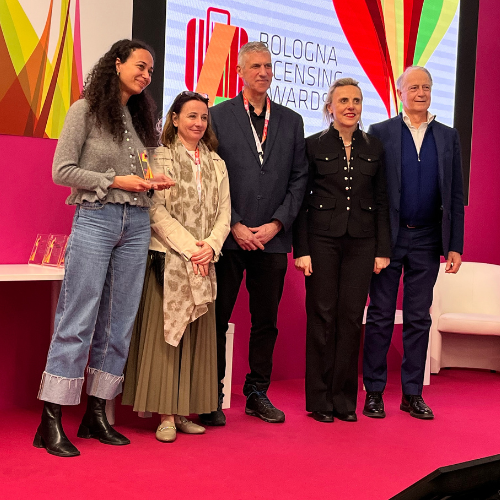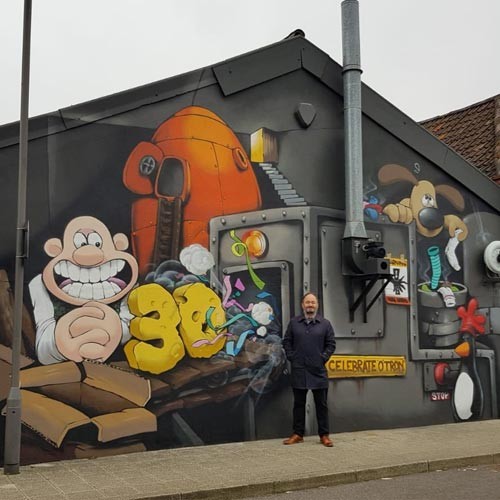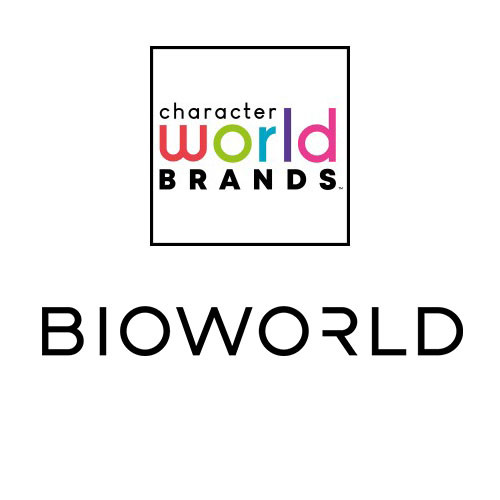Simon Gresswell, founder of sports licensing consultancy SGLP and Sport Ambassador for Products of Change, ponders on how a big change in core football merchandise could increase the sustainability of an iconic product and the business model used.
As a sports licensing consultant and the Sport Ambassador for Products of Change, it’s genuinely exciting to see how the sports industry is addressing sustainability on so many fronts.
From operational ‘savings’ like reduced event schedules/locations and remote TV production and commentary teams, to the very fan-inclusive, removal of single use plastics and athlete-led initiatives like Hannah Mills’ www.bigplasticpledge.com, it’s a fascinating time to observe and to be getting involved in and actually, a privilege.
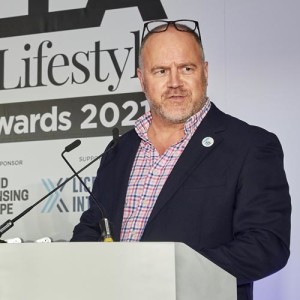 Over the last year, I’ve brought together a group of licensing and retail experts from football, rugby, golf, tennis, sailing and motorsport, to share, discuss and learn more about sustainability in relation to their work for their sports and clubs, even managing a face to face meeting and private tour (thanks Gary) at the inspirational Tottenham Hotspur Stadium… our very own form of LBE (location-based education). It’s not an exclusive club, it’s an industry team initiative and everyone related to sports licensing and retail is also welcome to join, share, discuss and learn. Just ask me simon@sglp.co.uk.
Over the last year, I’ve brought together a group of licensing and retail experts from football, rugby, golf, tennis, sailing and motorsport, to share, discuss and learn more about sustainability in relation to their work for their sports and clubs, even managing a face to face meeting and private tour (thanks Gary) at the inspirational Tottenham Hotspur Stadium… our very own form of LBE (location-based education). It’s not an exclusive club, it’s an industry team initiative and everyone related to sports licensing and retail is also welcome to join, share, discuss and learn. Just ask me simon@sglp.co.uk.
What strikes me every time we meet and discuss, is the ever-increasing attention being given to the relationship between sport/club and fans and how merchandise is right at the heart of the shared responsibility that sustainability has become. Just like sports stars and athlete activists are influencing fans’ consumer purchasing choices on a daily basis, sports and clubs have an everyday influence on fans’ lifestyles. The now quite old adage of ‘small change, big difference’ applies in so many ways to sport and fans.
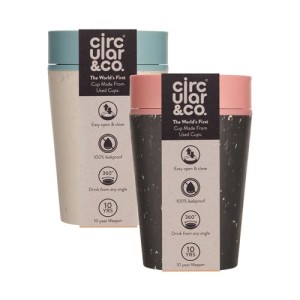 Writing this shortly before Christmas, I was drawn one morning to my sister-in-law’s latest Facebook post about a well-known but small, everyday lifestyle change, as one aspect of the sustainability group she runs in her town. They use and sell ‘the world’s first cup, made from used cups’ from Circular & Co. in Cornwall. This is an enterprise founded in 2003 with the guts and ambition to try to change the world. Check them out www.circularandco.com.
Writing this shortly before Christmas, I was drawn one morning to my sister-in-law’s latest Facebook post about a well-known but small, everyday lifestyle change, as one aspect of the sustainability group she runs in her town. They use and sell ‘the world’s first cup, made from used cups’ from Circular & Co. in Cornwall. This is an enterprise founded in 2003 with the guts and ambition to try to change the world. Check them out www.circularandco.com.
This got me thinking again about how an apparently big change in core football merchandise could ultimately in fact make small and big differences, to clubs and fans, but also could increase the sustainability of an iconic product and the business model used.
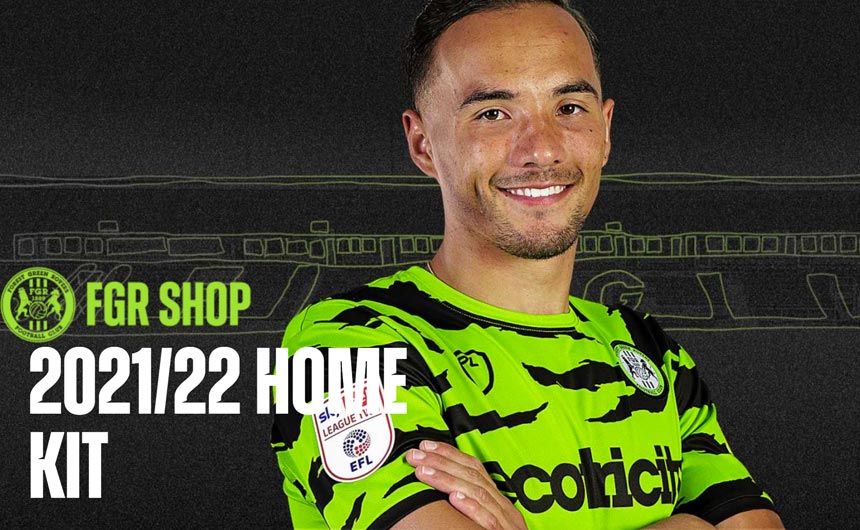
We should particularly applaud the work of Forest Green Rovers FC, the world’s greenest football club, eco-blazing their way from the world’s first bamboo-based kit in 2018/19 to their work with PlayerLayer, launching a new kit made from coffee waste in early 2021 and swiftly followed by another global-leading launch of a digital kit, with digital clothing brand republique.
But among the ‘material’ and base material changes being made to football kits, the stand out move recently must be the announcement from Premier League newcomer Brentford in November, that their 1st PL kit is to be retained for the 21/22 season, in response to fans VFM calls. So in effect, a small difference or maybe even doing nothing, in order to give fans better value.
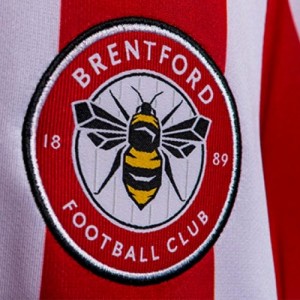 Brentford’s ceo describes it as “only a little thing, but we believe it will help” and continues “it can only be a good thing to reduce kit cycles”.
Brentford’s ceo describes it as “only a little thing, but we believe it will help” and continues “it can only be a good thing to reduce kit cycles”.
Can’t argue with that at all, it’s apparently a small change, with a big difference to fans. However, with the greatest of respect to Brentford, I’m sure the big six PL clubs would argue that the economics and T&Cs of their mega-kit deals, are hugely different and they therefore couldn’t experiment or make such decisions in the short-term.
If one of them did decide to go fully circular, in theory, what are some of things to consider and that could happen?
- Could they invest in all aspects of a circular subscription model? Over time, yes.
- Would they lose sales? Initially, possibly.
- Are they planning this? Probably… well I hope so.
- Could they do launch via the always controversial limited edition and third kits? Hope so.
As evidenced by Ronaldo’s return to Manchester United, record-breaking shirt sales alone are a healthy part of the balance sheet. I believe they even sold a few on the other side of Manchester, when Jack Fantastic moved north, until this was overtaken by sales of a calendar of his calves. HNY City fans.
It would seem big clubs could in fact invest to make this big change, with ultimately only a small difference to their coffers and to their fans purchasing habits? It could, of course, also be construed as a small change, with a big difference to both fans and the planet. As a fan, just like the change to your coffee cup, it’s hopefully not a big ask either way.
So, who will show their full hand of sustain-abilities first?
This feature originally appeared in the spring 2022 edition of Licensing Source Book. To read the full publication, click on this link.












